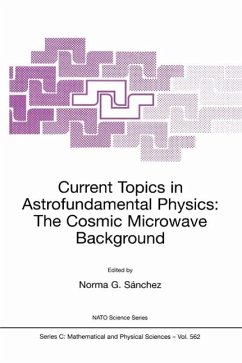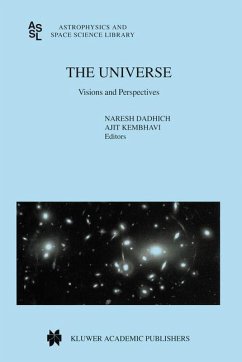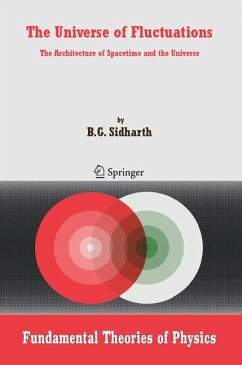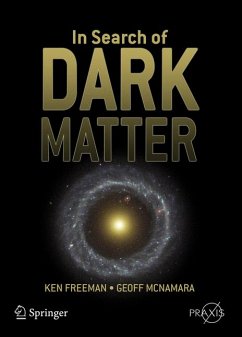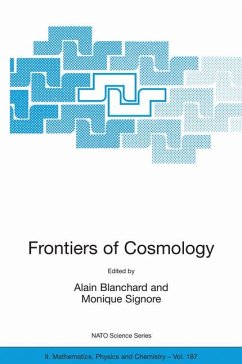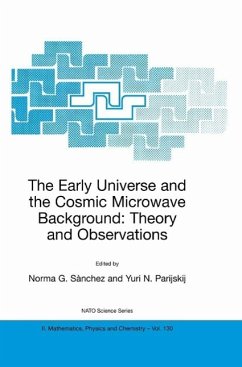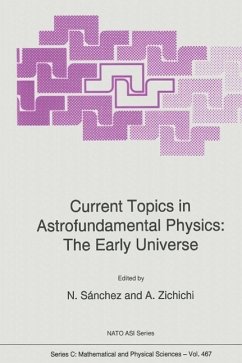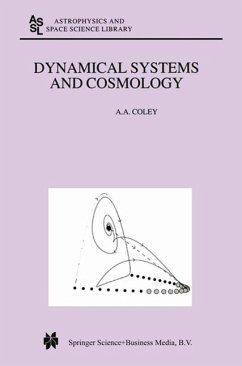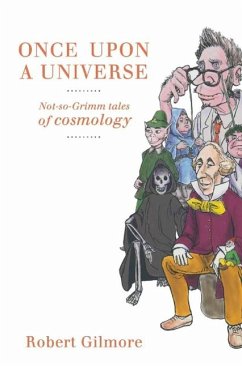
Gravity, Black Holes, and the Very Early Universe (eBook, PDF)
An Introduction to General Relativity and Cosmology
Versandkostenfrei!
Sofort per Download lieferbar
48,95 €
inkl. MwSt.
Weitere Ausgaben:

PAYBACK Punkte
24 °P sammeln!
Professor Tai Chow presents the most exciting topics in contemporary astrophysics and lays out the basic ideas of Einstein, including his law of gravitation. He explains the physics behind black holes, and weaves into this an absorbing account of the structure of the universe and the science of cosmology, including presenting the various models of the Big Bang, the Inflationary Universe, and the Unification of Forces. Travel with the author down this engaging path to reach some fascinating conclusions, which raise even more interesting questions for the future of astronomy and physics. The boo...
Professor Tai Chow presents the most exciting topics in contemporary astrophysics and lays out the basic ideas of Einstein, including his law of gravitation. He explains the physics behind black holes, and weaves into this an absorbing account of the structure of the universe and the science of cosmology, including presenting the various models of the Big Bang, the Inflationary Universe, and the Unification of Forces. Travel with the author down this engaging path to reach some fascinating conclusions, which raise even more interesting questions for the future of astronomy and physics. The book's highly informative and user-friendly style will make it an attractive choice for teachers and students.
Dieser Download kann aus rechtlichen Gründen nur mit Rechnungsadresse in A, B, BG, CY, CZ, D, DK, EW, E, FIN, F, GR, HR, H, IRL, I, LT, L, LR, M, NL, PL, P, R, S, SLO, SK ausgeliefert werden.




